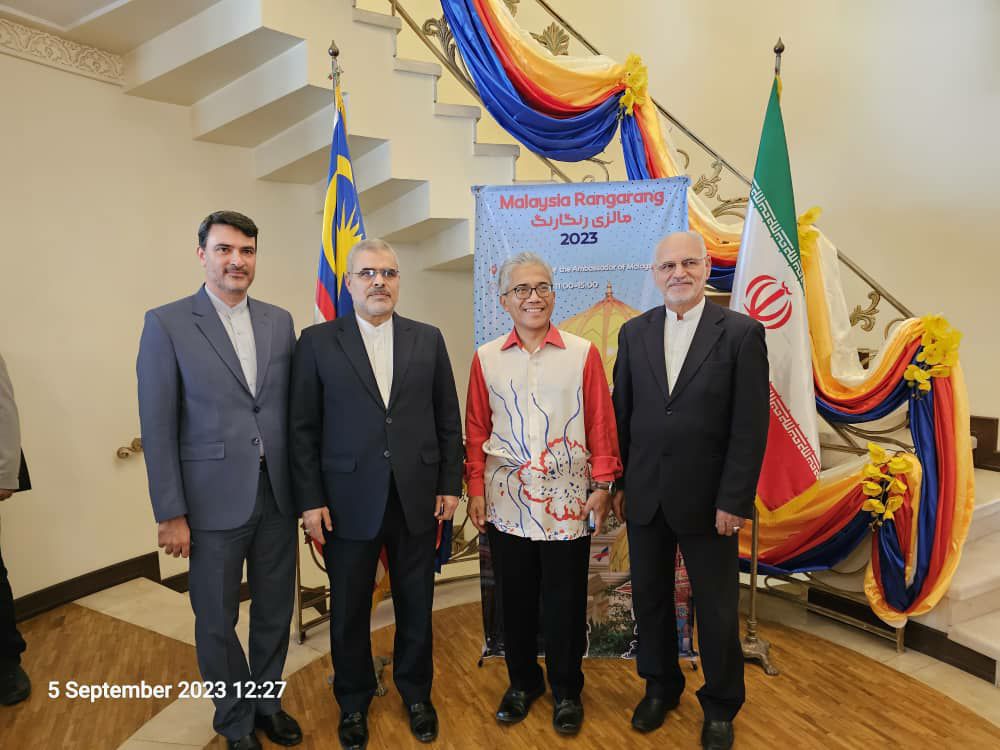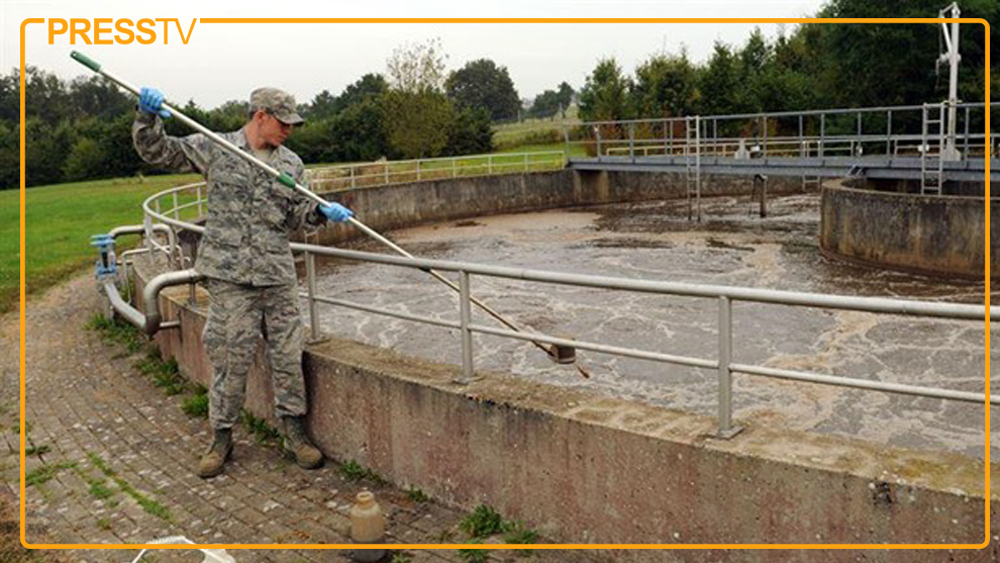Iran Resumes Electricity Exports to Two Eastern Neighbors
TEHRAN (Iran News) Speaking to IRNA, Mostafa Rajabi Mashhadi said that the volume of electricity exported to the two neighboring countries currently stands at 150 megawatts, while Iran continues to import around 450 megawatts of power from Armenia and Turkmenistan.
Rajabi Mashhadi noted that the current level of exports is expected to remain unchanged unless new agreements or urgent developments arise in regional energy exchanges.
“At the moment, there are no immediate plans to increase exports,” he added.
On August 27 this year the Tavanir chief had stated that Iran’s electricity exports had dropped to their lowest level—nearly zero—due to domestic supply imbalances.
Electricity exports are only carried out when there is no disruption to the balance between domestic production and consumption, ensuring that internal needs are fully met.
In recent months, to address shortages during the hot season and periods of peak consumption, Iran’s electricity imports surged to more than five times the volume of its exports, with most of the imported power used to stabilize the national grid and meet internal demand.
Until recently, Iraq had been the main recipient of Iran’s electricity exports under international contracts, but these exports have been completely halted in recent months.
Exports to Afghanistan also continued under a separate international agreement but at volumes far lower than the amount of power imported into Iran.
Meanwhile the Managing Director of the Tehran Regional Electric Company announced that Qom Province will soon host its largest solar power plant, with a planned capacity of 2,000 megawatts, developed in cooperation with the private sector.
Speaking to IRNA, Farhad Shabihi said the national-scale project will be implemented with private investment to expand the country’s renewable energy infrastructure, eventually reaching a total capacity of 2,000 MW.
He added that in the first phase, a 350-MW solar plant will be built.
“Feasibility studies for connecting the plant to the national power grid are expected to be completed by late May 2026,” Shabihi noted.
The managing director highlighted that the Qom provincial government is preparing to allocate land for the first phase, with 600 hectares designated for the project under existing agreements.
According to Shabihi, the solar plant will not only supply part of Qom’s electricity demand and feed power into the national grid, but will also deliver significant environmental and economic benefits.
“By operating this solar facility, thousands of liters of fossil fuel will be saved annually, and greenhouse-gas emissions will be substantially reduced,” he said.
Shabihi emphasized that officials in the energy sector see such projects as key to achieving the country’s sustainable development goals:
“They help reduce reliance on fossil fuels, promote the use of clean energy, improve environmental indicators, and curb air pollution.”
From an economic perspective, the project is also highly significant, he added.
“Alongside large-scale private-sector investment, hundreds of direct and indirect jobs will be created during both the construction and operation phases, boosting the local economy in Qom Province.”
Shabihi further stated that the planned 2,000-MW capacity will pave the way for adopting advanced technologies and increasing the share of renewable energy in Iran’s energy mix.
According to IRNA, the project complements other national clean-energy initiatives and marks a major step toward implementing the country’s long-term policies for renewable energy development and energy security.
Recently, with the commissioning and construction of 280 MW of new solar power plants nationwide, Iran’s total installed solar capacity has surpassed 2,300 MW.
Each megawatt of solar power generation saves about 500,000 cubic meters of fuel and 400,000 liters of water annually, while preventing the release of roughly 1,000 tons of carbon monoxide into the atmosphere each year.
- source : IRAN NEWS ECONOMIC DESK






























